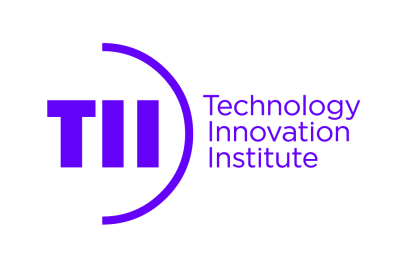
Water covers around 70% of Earth and holds numerous resources and mysteries. Deployment of underwater robots potentially leads to improved exploration, industrial maintenance support, and marine biological and geological monitoring.
In recent years, underwater wireless communication has been gaining traction as a critical catalyst for various applications across environmental, commercial, and civilian domains. The development of reliable, high-speed underwater communication technologies is essential for unlocking the potential of underwater applications, helping to advance fields such as oceanography, aquaculture, and defense. With ongoing technological advancements, these networks can revolutionize our understanding and utilization of the underwater world.
However, wireless communication for underwater robots is a major challenge since common radio frequencies used in terrestrial communications do not propagate well in water, and other communications modes are used, namely: sound, light, and magnetic induction.
The Autonomous Robotics Research Center (ARRC) is a trailblazer in harnessing Earth's abundant water resources and has contributed immensely to underwater communication systems. ARRC has successfully published research papers and articles in prestigious journals and presentations at global conferences while developing an underwater multimode modem prototype and filing three patents.
Notably, one of these patents, titled "Systems, Methods, and Computer-Readable Media of Automatic Network Slicing of Underwater Acoustic Communication System Resources," and a derived patent have received the approval of the United States Patent and Trademark Office (USPTO).
The two main ARRC’s breakthrough technologies are:
Universal Underwater Software Defined Modem (UniSDM)
A versatile architecture for underwater communication that uses different communication modes such as sound, magnetic induction, light, and radio waves, offering flexibility to designers. ARRC Universal Modem can seamlessly switch between a fast light, a long-reaching sound, and a reliable magnetic mode, or synergize them by using light or radio to synchronize sound transmitters, boosting the range and throughput of the acoustic mode, and protecting the marine life from communication noise. UniSDM mitigates issues like mounting expenses and mode coordination, with tests showing better performance, faster response, and improved energy efficiency. A full prototype of the Universal Modem has been designed, developed, and demonstrated.Read more here:
Network management framework for automatic network slicing (ANS) of communication resources for underwater communication systems
To allow underwater robots to efficiently share the slow-propagating and limited acoustic medium, special network management strategies are needed. In this research, an automatic network-slicing solution is designed to efficiently allocate communication resources to each communicating device within the underwater network based on network congestion and connectivity requirements. As a result, the underwater network is managed to serve multiple applications with different connectivity requirements that show significantly improved performance. Furthermore, leveraging the abovementioned multi-mode research, the framework for underwater network management has been extended to include also optical and magnetic induction communications. Reliance on multi-mode networks significantly improves the underwater communication performance, where the different communication modes complement each other to serve different applications with different connectivity requirements. The system adapts to underwater conditions, ensuring efficient admission control, routing, and resource allocation for the Internet of Underwater Things (IoUT).Read more here:
Automatic Network Slicing for Multi-Mode Internet of Underwater Things (MM-IoUT)
Automatic Network Slicing for Resource Allocation in Underwater Acoustic Communication Systems
This research paper won the Best Paper Award at the Fourth International Balkan Conference on Communications and Networking (BalkanCom 2021), in September 2021.
Led by Prof. Enrico Natalizio, Chief Researcher for Specific Projects, and Prof. Ian Akyildiz, Advisory Board Member of ARRC, ARRC’s underwater communication team consists of Dr. Igor Zhilin, Lead Researcher, Dr. Osama Bushnaq, Senior Researcher, and Artem Gorodilov, Research Engineer for Multimodal Communications.
Thanks to the team’s efforts and exceptional contributions, ARRC is poised to accelerate this burgeoning field’s R&D ecosystem and establish itself as a frontrunner in underwater connectivity. The Center is set to elevate Abu Dhabi and the UAE on the world stage as formidable leaders in large-scale underwater wireless communication networks.
Congratulations to ARRC on its incredible work! We look forward to many more such industry milestones!



